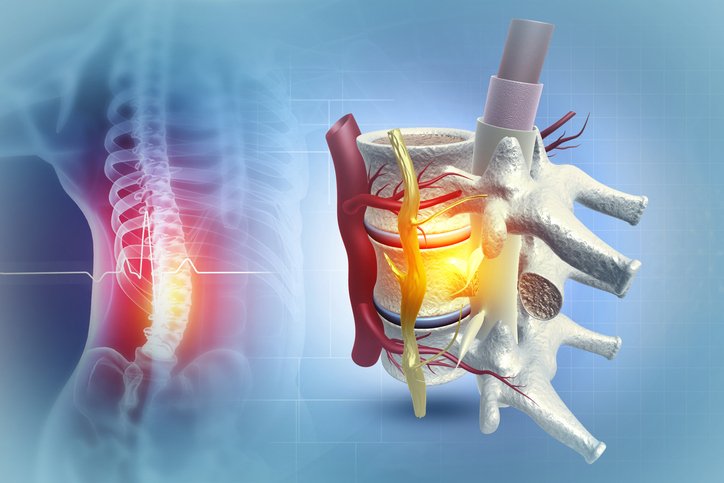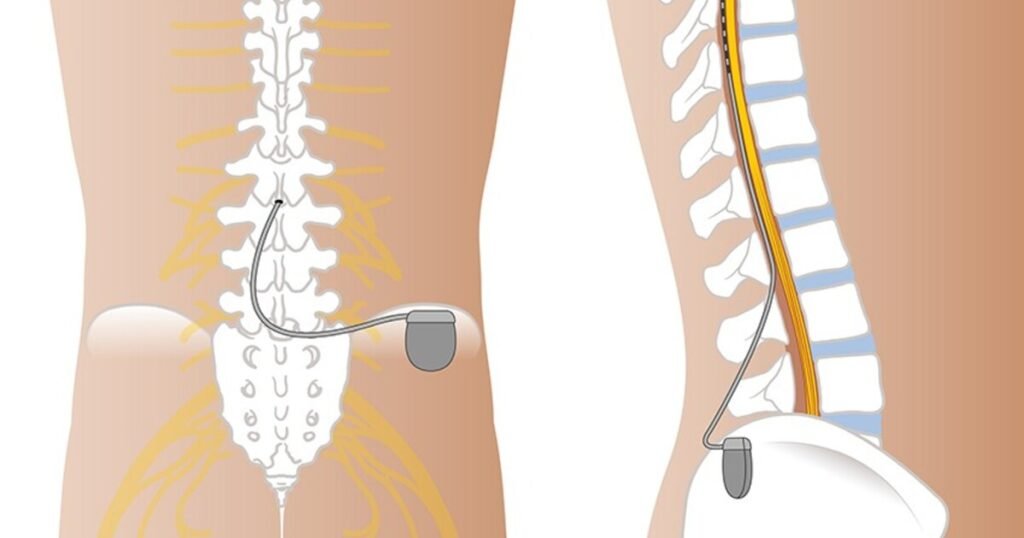Understanding Blood Pressure Challenges After Spinal Cord Injury
Blood pressure spinal injury is a critical but often overlooked complication of spinal cord injuries. For individuals like Cody Krebs, a 32-year-old from Didsbury, Alberta, this issue has been life-changing. After a severe motor vehicle accident three years ago, Krebs became reliant on a wheelchair and quickly learned that his brain could no longer regulate his blood pressure.
Before the accident, Krebs had little awareness of how volatile blood pressure could be. Even simple movements, such as transferring from bed to wheelchair, could cause dangerous drops, leaving him nearly unconscious. This complication, known as autonomic dysregulation, underscores the hidden challenges faced by those living with spinal cord injuries.
The Role of the Nervous System in Blood Pressure Control
Under normal circumstances, the brain communicates with the body through the spinal cord to maintain stable blood pressure. Signals adjust the contraction of blood vessels and the heart rate, ensuring organs receive sufficient oxygen and nutrients. Following a spinal cord injury, this communication is interrupted, causing extreme highs and lows in blood pressure, known as orthostatic hypotension and hypertension.
These fluctuations are not only physically dangerous but also reduce energy levels and increase the risk of cardiovascular events, including strokes. Traditional management often relies on medication or lifestyle adjustments, but these methods can be insufficient for many patients. https://www.sintmaartenskliniek.nl

Pioneering Research: Electrical Implants for Blood Pressure Regulation
Recent studies from the University of Calgary’s Cumming School of Medicine, in collaboration with École Polytechnique Fédérale de Lausanne, University of Lausanne, and Sint Maartenskliniek in the Netherlands, have shown promising results in using electrical implants to stabilize blood pressure in spinal cord injury patients.
The therapy involves an implant similar to a cardiac pacemaker, delivering targeted electrical stimulation to the spinal cord. This stimulation reconnects the nervous system pathways, allowing the body to regain some control over blood pressure. Researchers published their findings in Nature and Nature Medicine, highlighting the breakthrough nature of this approach for Blood pressure regulation spinal cord injury.
Clinical Trials and Patient Experiences
The clinical trial included 14 participants across four studies in Canada, Switzerland, and the Netherlands. Patients experienced life-changing improvements, with significant reductions in both low and high blood pressure episodes.
Cody Krebs, one of the participants, reported dramatic changes in daily life. “Before the implant, I had to be careful with even minor movements,” he said. “Now, I feel more stable, energized, and confident in my routine.”
Dr. Fady Girgis, a neurosurgeon and associate professor at the University of Calgary, described the surgical procedure as straightforward. “The simplicity of the surgery combined with the profound impact on patient outcomes is extraordinary,” he said.
How the Implant Works
The device operates by sending precise electrical signals to the spinal cord, mimicking the natural communication that occurs between the brain and body. This helps regulate blood pressure dynamically, reducing episodes of orthostatic hypotension and hypertension. Patients experience fewer dizzy spells, less fatigue, and a more consistent cardiovascular profile.
Aaron Phillips, associate dean at the University of Calgary Medical School, emphasized the therapy’s dual effect: “It treats both the low and high blood pressure issues, addressing a major challenge for spinal cord injury patients.”
Wider Clinical Trials and Global Implementation
Government approval has been granted to initiate pivotal trials across approximately 20 neurorehabilitation and neurosurgical centers in Canada, Europe, and the United States. These trials aim to validate the therapy’s effectiveness on a larger scale and potentially make it a standard treatment for spinal cord injury patients.
Researchers are also exploring long-term outcomes, including cardiovascular health, quality of life, and functional mobility improvements. The therapy’s potential to reduce hospitalizations and improve independence could represent a major advancement in neurorehabilitation.
Patient Perspectives: Life Before and After the Implant
Participants describe the implant as transformative. Beyond physical stability, many report enhanced mental well-being and increased confidence. Patients who previously struggled with daily activities and social interactions now report greater participation in family life, work, and recreational activities.
Cody Krebs explained, “It’s more than just controlling blood pressure—it’s about regaining a sense of normalcy and independence that I feared was lost forever.”

The Future of Spinal Cord Injury Treatment
This research opens doors to further innovations in spinal cord injury care. Blood pressure regulation spinal cord injury Electrical implants could one day integrate with other neurorehabilitation strategies, such as mobility-enhancing exoskeletons or advanced physiotherapy regimens.
With ongoing studies, the medical community anticipates a new era in which spinal cord injury patients can achieve greater autonomy and reduce the risk of secondary complications, including stroke and cardiovascular disease.
Expert Recommendations
Physicians advise patients with spinal cord injuries to maintain regular medical follow-ups and monitor blood pressure consistently. As technology advances, combining pharmacological management with implant-based therapies may provide the most comprehensive care.
Dr. Girgis noted, “While not every patient will require an implant, for those struggling with severe blood pressure instability, this could be a life-changing intervention.”




